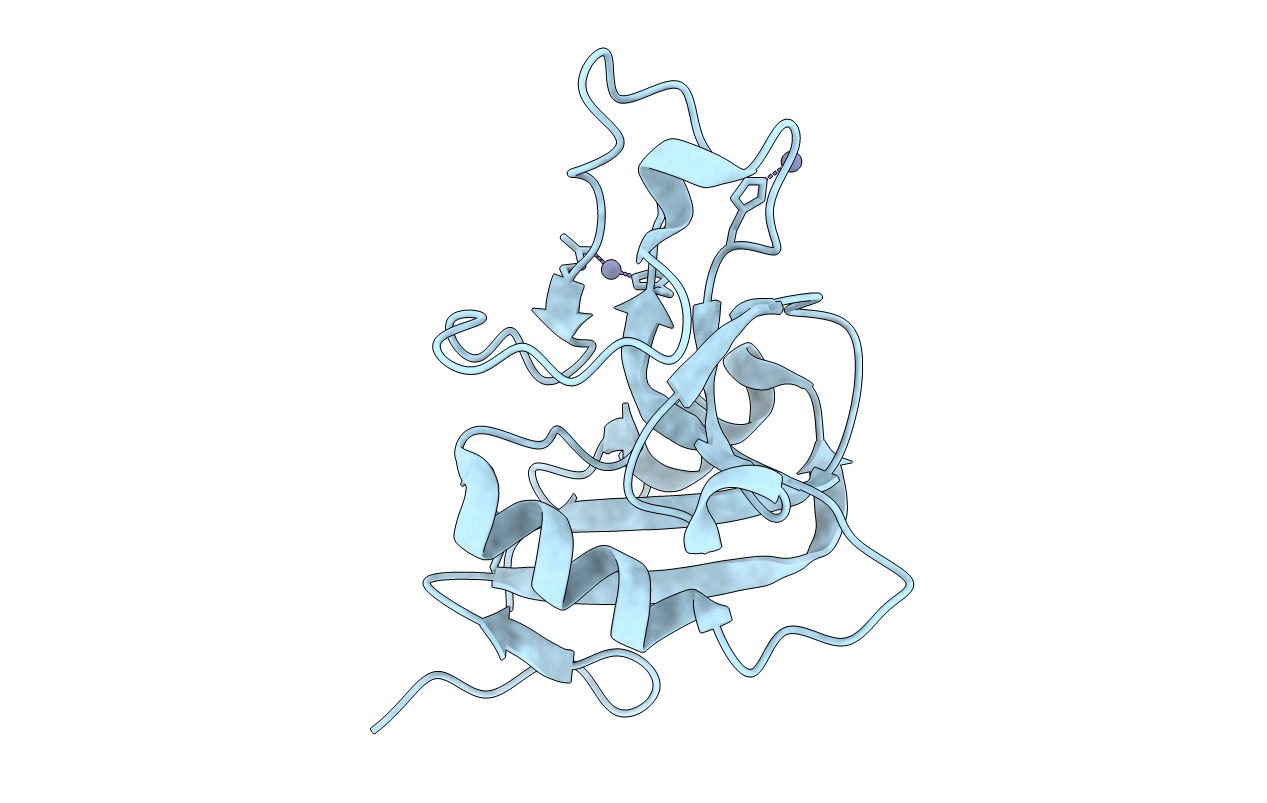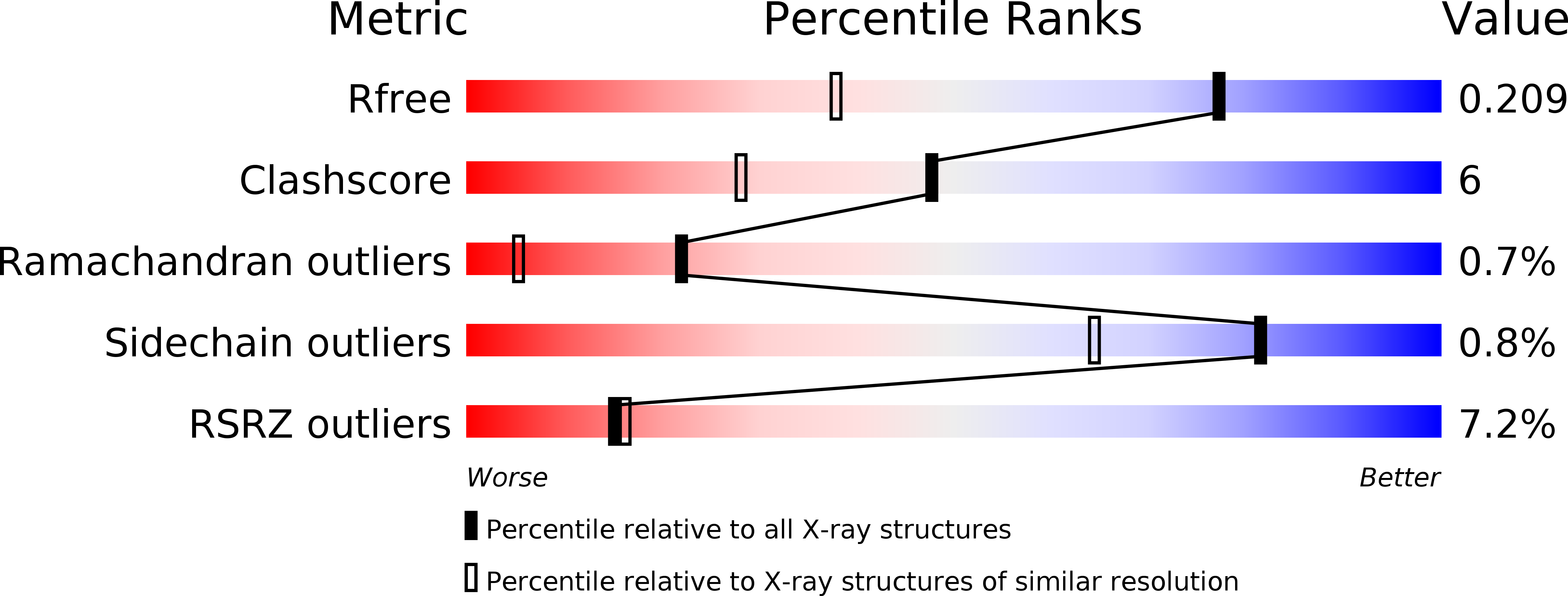
Deposition Date
2013-09-19
Release Date
2013-11-27
Last Version Date
2024-11-06
Method Details:
Experimental Method:
Resolution:
1.47 Å
R-Value Free:
0.21
R-Value Work:
0.18
R-Value Observed:
0.18
Space Group:
P 21 21 21


